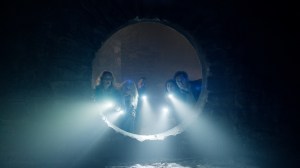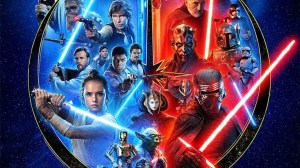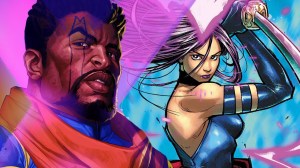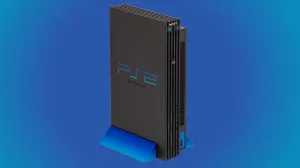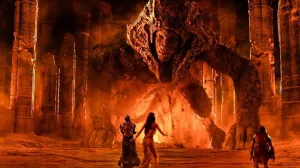The Switch 2 grand reveal had many highlights — a new Mario Kart, a whole host of ports, another original FromSoftware game — but the most prevalent aspect was the sticker shock tied to nearly every facet. There was an inescapable and often heavy price tag on nearly everything, and not only is that not like typical Nintendo, but it also put an unnecessary damper on the event.
Videos by ComicBook.com
Mario Kart World’s high price was arguably the most shocking part of the whole reveal. This launch lineup-defining open-world racer is going to be $79.99 on the eShop (and even higher physically in some territories). That’s not a special edition with more tracks and Baby Mario skins; that’s just the base version of the game.
Nintendo has only sold one first-party game for $69.99 — The Legend of Zelda: Tears of the Kingdom — and it is already moving the bar up a whole $10 just two years later. This hike is troubling on its own, but even more irksome when zooming out since it is a clear-as-day signal to other publishers that $79.99 is now an acceptable starting point. Despite being annualized franchises that are already full of microtransactions, it seems almost inevitable that the next Call of Duty and NBA 2K game will be $79.99, as those two were among the first games to jump to $69.99 in 2020.

RELATED: Nintendo Switch 2 Upgrades (Mostly) Shouldn’t Cost Money
The other parts of the Switch 2 first-party lineup were also quite expensive. The Tears of the Kingdom, Super Mario Party Jamboree, and Kirby and the Forgotten Lands upgrades are all also $79.99. The Breath of the Wild port and Donkey Kong Bananza (which, to be fair, is an entirely new game) are both $69.99 — the former of which was cheaper when it came out in 2017. Some of the Switch 2 upgrades of existing Switch games also seem like simple updates that most other companies don’t usually charge for.
Nintendo games also rarely go on sale and are even more rarely heavily discounted, so these exorbitant prices will undoubtedly stick around. Nintendo is seemingly using these upgrades as an excuse to jack up the cost, even though that is the opposite of what most publishers do. Many sell bundles with all the DLC at a discounted rate. The Switch 2 version of Street Fighter 6 demonstrates this customer-friendly approach wonderfully since the $59.99 bundle includes all the current DLC.
Mario Kart World is a large game that sits on one extreme, while Welcome Tour is a small game that embodies the same problem. This cutesy tech demo that acts like an interactive museum for the Switch 2 hardware became a lot less cute when Nintendo revealed that it wasn’t a free pack-in and will be sold at an undisclosed price. It’s impossible not to compare that to Astro’s Playroom, which was a more traditional game that was a free tech demo as well as a widely beloved platformer.
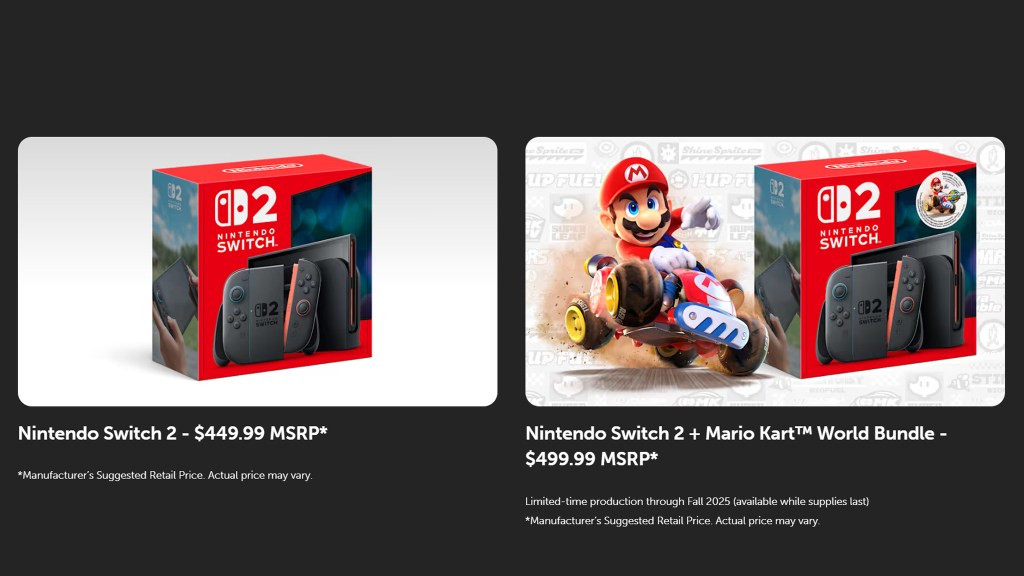
The console’s actual price was expectedly steep but still hard to swallow. At $449.99 and $499.99, Nintendo has moved past the thriftiness that worked well for many of the company’s past systems. The Wii launched for $249.99, which was below the asking prices of the Xbox 360 and PS3. The $149.99 DS was much cheaper than the PSP, and the 3DS and PlayStation Vita were both $249.99 before low sales caused Nintendo to cut it down by $80, which was a wildly successful last-ditch effort to turn things around.
The Switch 2 seems like a capable piece of tech — another rarity for Nintendo — but it seems to have shoved aside the affordability that had made many of its other pieces of hardware in pursuit of fancier chips. The Switch and Switch 2 launches are similar in that they’re coming out a few years after the last Sony and Microsoft boxes and are closely matched in price, but $449.99 and $499.99 likely put it over the nebulous affordability line that Nintendo usually comes in under. It’s a bit of a money illusion because the Switch 2 is not that much more expensive when adjusted for inflation and compared to the first Switch, but it just sounds a lot more expensive.
Nintendo is also requiring that players buy fancier microSD cards to store their games on. Unlike many of the original Switch’s peripherals, players probably won’t be able to use their existing microSD cards for the Switch 2 since it requires microSD Express cards. These are faster than the basic versions and will thankfully bring this console more in line with the NVMe drives found in other systems. However, they are much more expensive and are about two to three times the price of a regular card. They’re not as bad as the PlayStation Vita’s proprietary cards, yet these are still another added cost that comes with buying a Switch 2.
Iterating on the explosively successful Switch formula will likely work out well for the Switch 2. And it’s not Nintendo’s fault that asinine, self-defeating tariffs are driving up prices on almost everything related to (and not related to) video games. But the promising future and outside economic factors don’t completely absolve Nintendo of how high prices loomed over this important Direct. Hopefully, the Switch 2 can persevere due to Nintendo’s persistent commitment to quality and not struggle because of its occasional commitment to overcharging.

